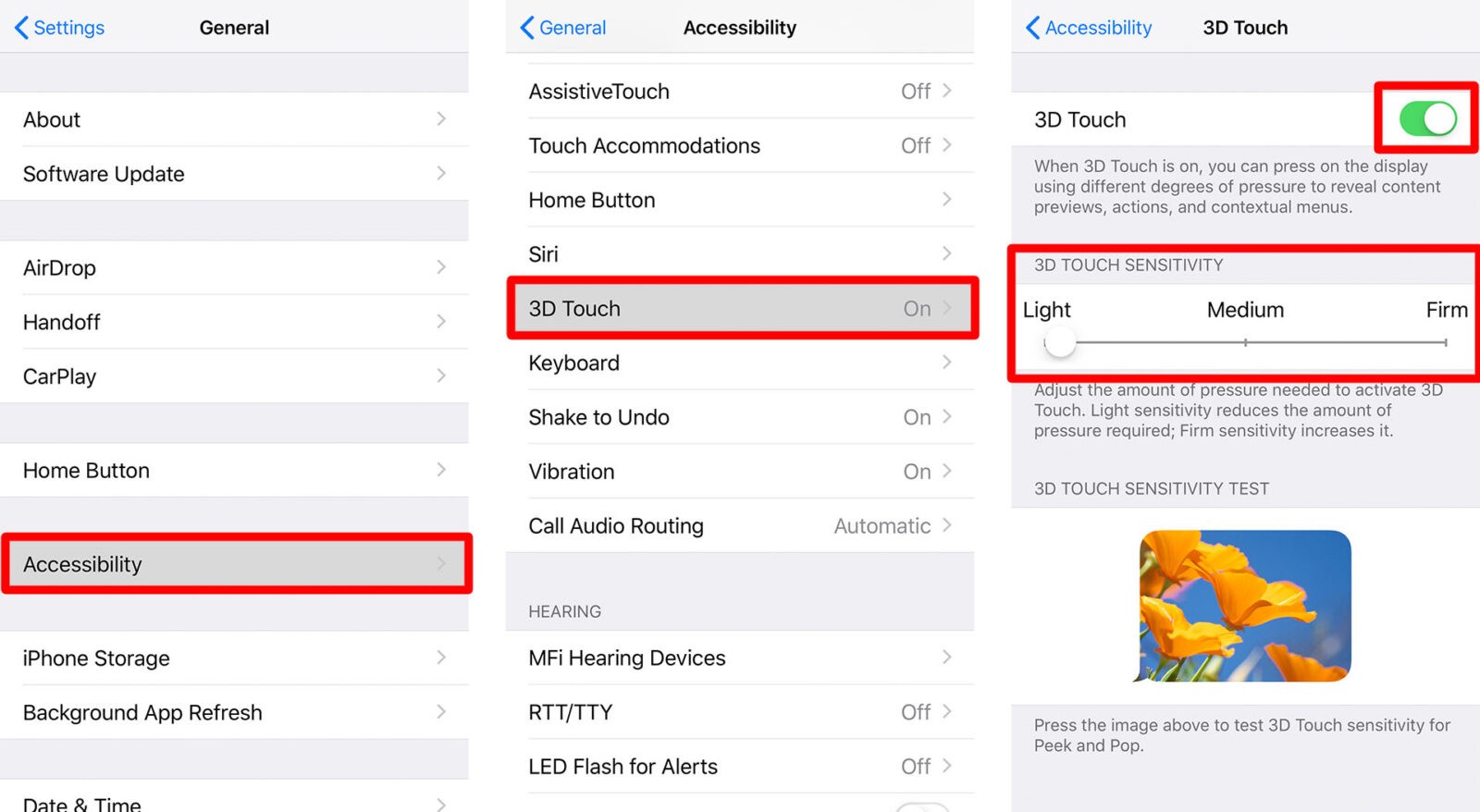
You can use Google's Text-to-Speech engine to read articles saved to Pocket. I simply hit the listen button on the top right above my article of choice (which looks like headphones) and let Google read the article to me while I prepare dinner. Text-to-Speech is a simple way to get through all the content you've saved for later reading, on the Pocket app for example. All you need to do is have the Google Text-to-Speech engine enabled and then download the language pack you want. Text-to-Speech is probably the most well known of all accessibility features - you may even use it already. Magnification gestures let you triple tap to zoom in, even just to temporarily magnify. It's a super useful feature once you start using it and it's particularly great for those with vision impairment. If you tap and hold, however, you can temporarily magnify your screen and pan around. It can be disabled with the same triple tap. The magnification gestures accessibility option allows you to triple tap for a significant zoom.
#How to change app settings on i touch android#
This is what the accessibility options offer on most Android devices./ © NextPit Negative colors/Color adjustment/Invert colors.

Here are the five accessibility options, which I think are the most useful though.


So take a look through your particular device's settings and see what you can make use of. Some like using your LED flash as a notification are particularly cool. There are some stock Android accessibility settings you'll find everywhere, like TalkBack, font size, captions and ''touch and hold'' delay time settings, but there are plenty more. Accessibility options come in all shapes and sizes and many are unique to the particular device or Android version that you have.


 0 kommentar(er)
0 kommentar(er)
